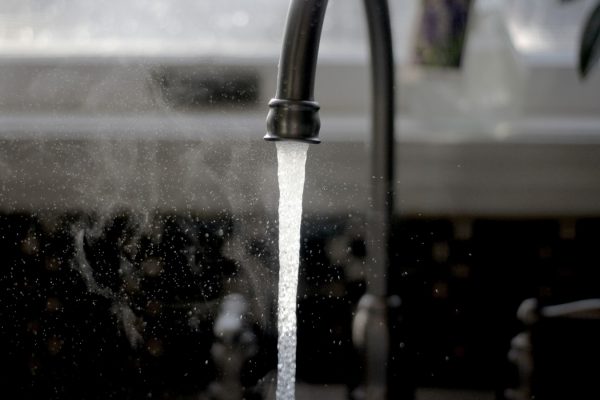Your #1 Choice For Real Estate Services in Quinte!
Serving Trenton, Quinte West, Belleville & Brighton
Top 1% of All Royal LePage Realtor® Teams in Canada since 2005*
Call or Text: 613.392.7777 - david@davidweir.com
Water Quality In Your Home
September 24, 2019

Are you concerned about the water quality in your home or a home you are considering purchasing? The below article, published by Pillar To Post Home Inspectors informs home owners on how to ensure your water is safe.
“Municipal water systems are required to test and monitor drinking water supplies to ensure safe and good-tasting water. But what happens once that water has been piped into towns, neighborhoods, and homes? Older homes may still have service lines made of lead going into the home, which can cause lead to leach into the water. The local water supplier should be able to confirm the presence of lead service lines for homeowners. Older fixtures that contain lead, or lead that was used on pipe joints, can also cause elevated lead levels. Whenever possible, pipes and fixtures containing lead should be replaced with new materials.
Many homes built before the 1960s have galvanized steel pipes. While galvanized pipes do not create chemical contaminants on their own, they are susceptible to severe corrosion which can flake off and clog taps and faucets. In some instances, lead can build up inside galvanized pipes, especially if the service line into the home is or was made of lead. To be on the safe side, it is best to have all galvanized piping replaced.
Another water quality concern is what are known as emerging contaminants, which, if present in a home, usually occur in very low level amounts. These fall into two general categories: health effects and aesthetic effects. Emerging contaminants affecting health include detergents, pesticides, and medications. Other contaminants that don’t affect health may adversely alter water taste, odor, and/or color. Home filtration systems are the most common means of reducing emerging contaminants. Options include faucet or pitcher filters, plumbed, and reverse-osmosis filters that treat the entire home’s water supply. Any filtration system installed should be listed as meeting national standards for reducing multiple contaminants.”
To view this article in its entirety and learn about well water quality, please visit Water Quality in The Home.
This article first appeared in our September 2019 Newsletter.
Call or Text: 613.392.7777 Email: david@davidweir.com Toll Free: 1.800.263.2177 Team Weir on Facebook

